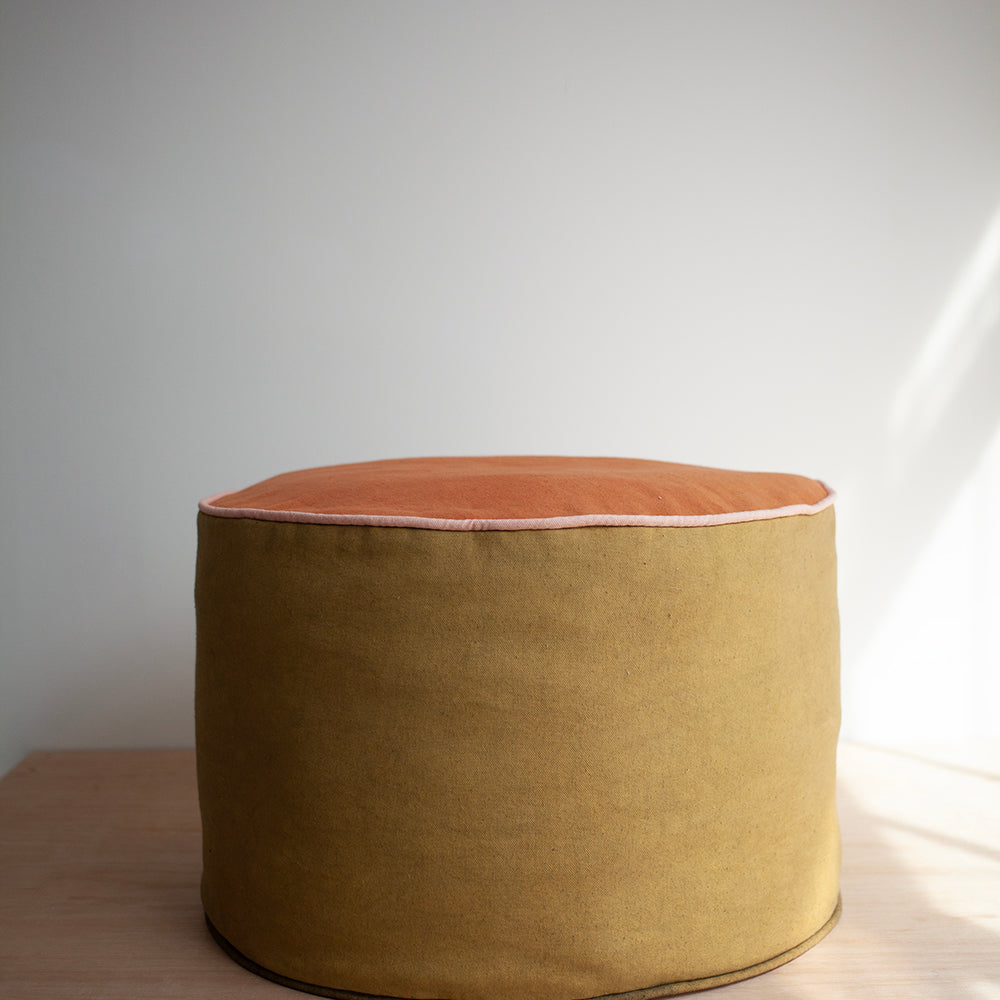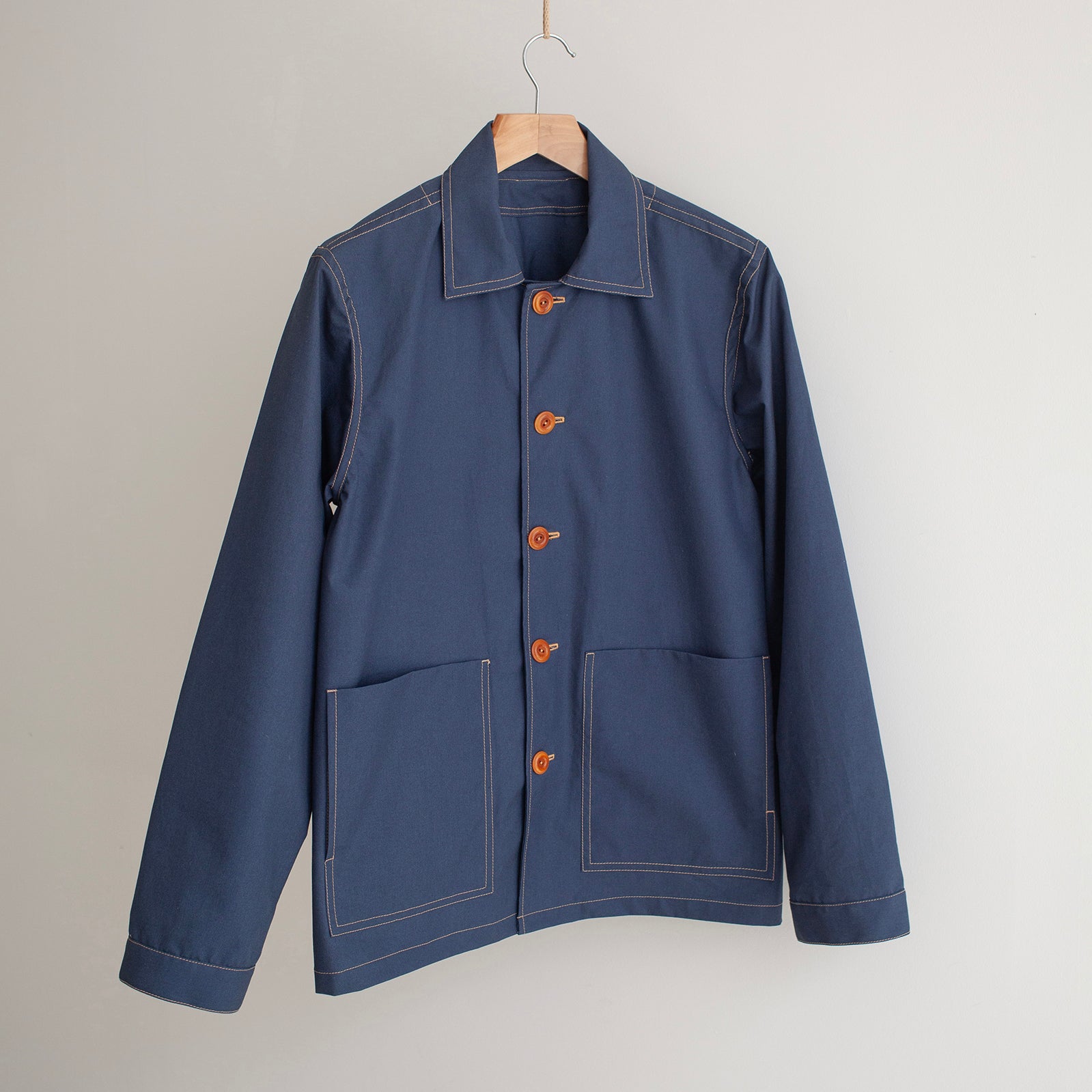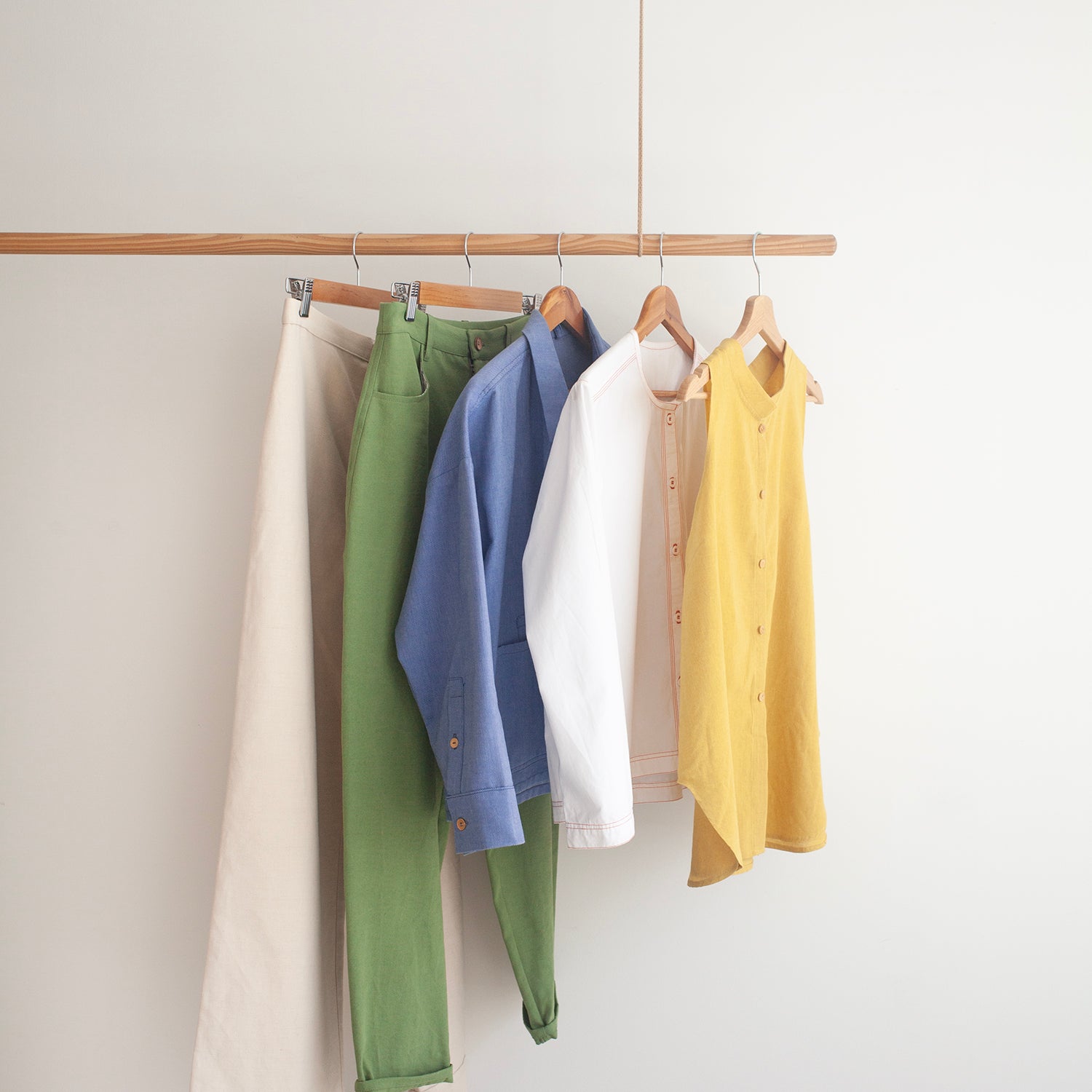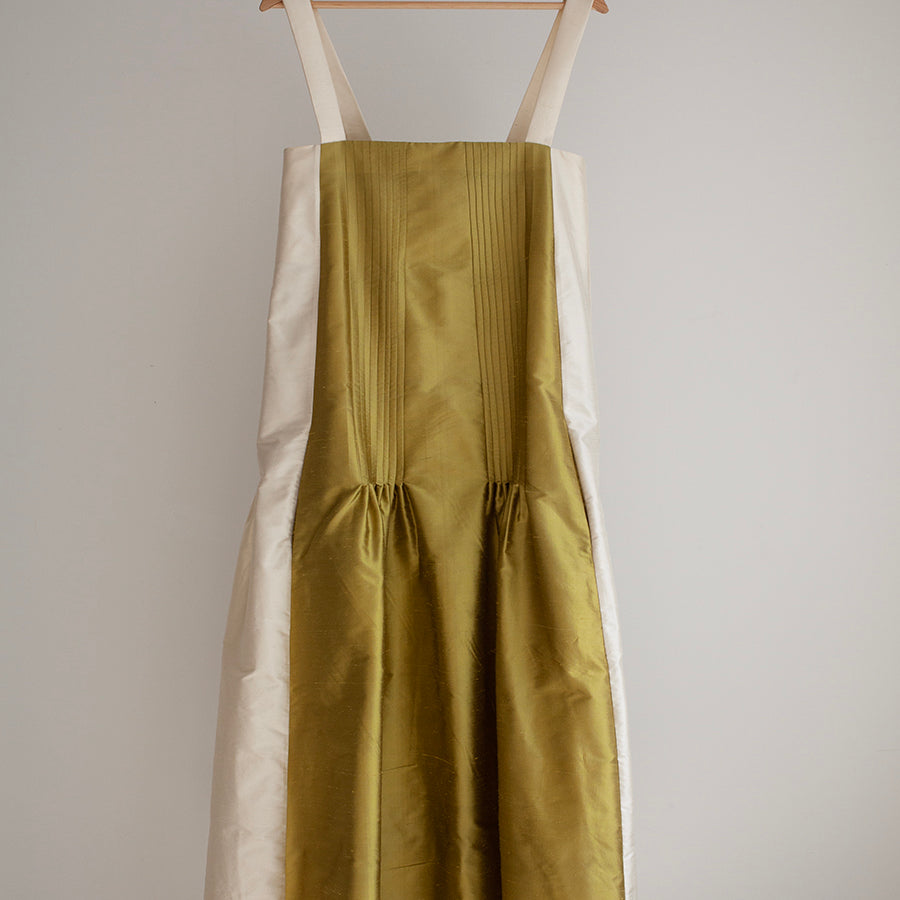Tips and guidance for more cosy makes with wool
For many of us feeling the chill creeping in, it's the perfect time to think about making a winter jacket or coat. When you think of warm, cosy and long lasting, the prevailing fabric is of course wool.
Wool is often thought of as an inaccessible fabric to beginners because of its thickness and fibrous quality. However, that shouldn't stop you from making high quality garments that you want to invest your time and energy into.
This is especially the case with more challenging patterns like the Darcy Coat or the Potters Jacket. The newly released Naomi Blazer is also a great winter layer when made with wool.
So here's my essential advice when working with wool:

Don't pre wash wool
Nearly all wools are not machine washable so you don't need to prewash but it's a good idea to give a really thorough steam with your iron to encourage any shrinkage before you cut your pieces. Make sure to let the fabric rest and dry completely before cutting.
Block fusing
We would recommended block fusing a large piece of wool to cut your fused pieces out of. When you cut the fusing and wool separately and then iron them together the wool is likely to shrink out of shape.
Additional instructions for block fusing are included in the Naomi Blazer PDF pattern.

Using a clapper
A wooden clapper is a really useful tool for pressing wool. The clapper is used to place on the seam once you've pressed it; it absorbs the moisture from the steam and applies weight to encourage the fibres to set in a crisp position.
If you cannot buy a clapper or would rather repurpose than purchase, a piece of very smooth untreated wood can also be used.
Iron temperature
Using a wool temperature setting on your iron is really important - the average wool setting on an iron is 148°C/300°F vs the normal setting 180–220 °C / 360–430 °F. A high cotton temperature can cause burn marks and holes, which is devastating when you're mid-way through a project!
Using a pressing cloth
A pressing cloth is a lightweight piece of cotton fabric that is used as a barrier between the iron and some wool fabrics. It might be worth testing on a scrap to see if pressing the wool directly makes the wool shiny and if it does, use the cloth between the iron and the wool to prevent getting a shiny looking finish.

Sewing with thicker material
You may be hesitant to sew thicker materials with a domestic machine, but try not to undermine your needle! To reduce strain on your machine, pay lots of attention to pressing, and I would highly recommend using a clapper to get a better finish.
Seam grading
Seam grading helps to reduce bulky seams when sewing with thicker fabrics. You essentially trim one side of the seam allowance back by half after sewing. I would recommend seam grading for most wool fabrics to reduce the bulk for the seam allowances, especially around the front facing collar and neck seams.

Choosing your wool
Wool suiting is very lightweight and much more similar to sewing with a cotton or linen fabric. I would definitely recommend using a pressing cloth with wool suiting as it's particularly susceptible to shine. Bear in mind when finishing, it would be harder to do invisible stitching with a thinner fabric.
Loose weave wools are my favourite wool fabrics to work with and these include tweed, standard wool coating and khadi. They are really nice textures to work with as the flexibility in the weave makes features like the welt pocket easier to sew. You'll find these fabrics forgiving to sew with and can be manipulated without losing shape. These wools are also easy to cut and sew and shouldn't fray too much.

From top to bottom: Wool coating No. 40 Camel gifted by Ray Stitch, wool felt, Harris tweed
Boiled wools are typically thicker and more spongy. They are harder to get a crisp result for features like the collar points and the more complicated welt pockets, though this may be forgone for their warmth. A reminder that the thicker the fabric, the more it would benefit from a clapper.
Felt can be found in different weights with slightly different outcomes. I would stay away from super thick felt to sew a more complex garment, but a medium felt is a really lovely fabric to cut and sew with. With felt, the edges can be left raw since it won't fray at all. It is one of the more easy fabrics you can use for the blazer.
NB: The thread weight can be standard when working with wool. We wouldn't recommend using a topstitch thread when detailing with wool as it's not necessary.

Khadi wool gifted by The Cloth House
100% Wool
Lastly I would make sure to choose a fabric that's 100% wool and not a blend. I've been swayed by blends in the past as the cheaper price is so alluring. The resulting garment will never quite be as long lasting as a proper wool fabric, feeling less warm and bobbling easily. I also found synthetic blends could melt slightly in the ironing process.
Coats and blazers take a lot of time and effort to construct so having a good quality fabric makes the investment of your time worthwhile.
If you're planning on making one of our designs in a wool, we would absolutely love to see your project! Thank you to the Cloth House and Ray Stitch for gifting us some beautiful wool for our makes.
Hetty x






